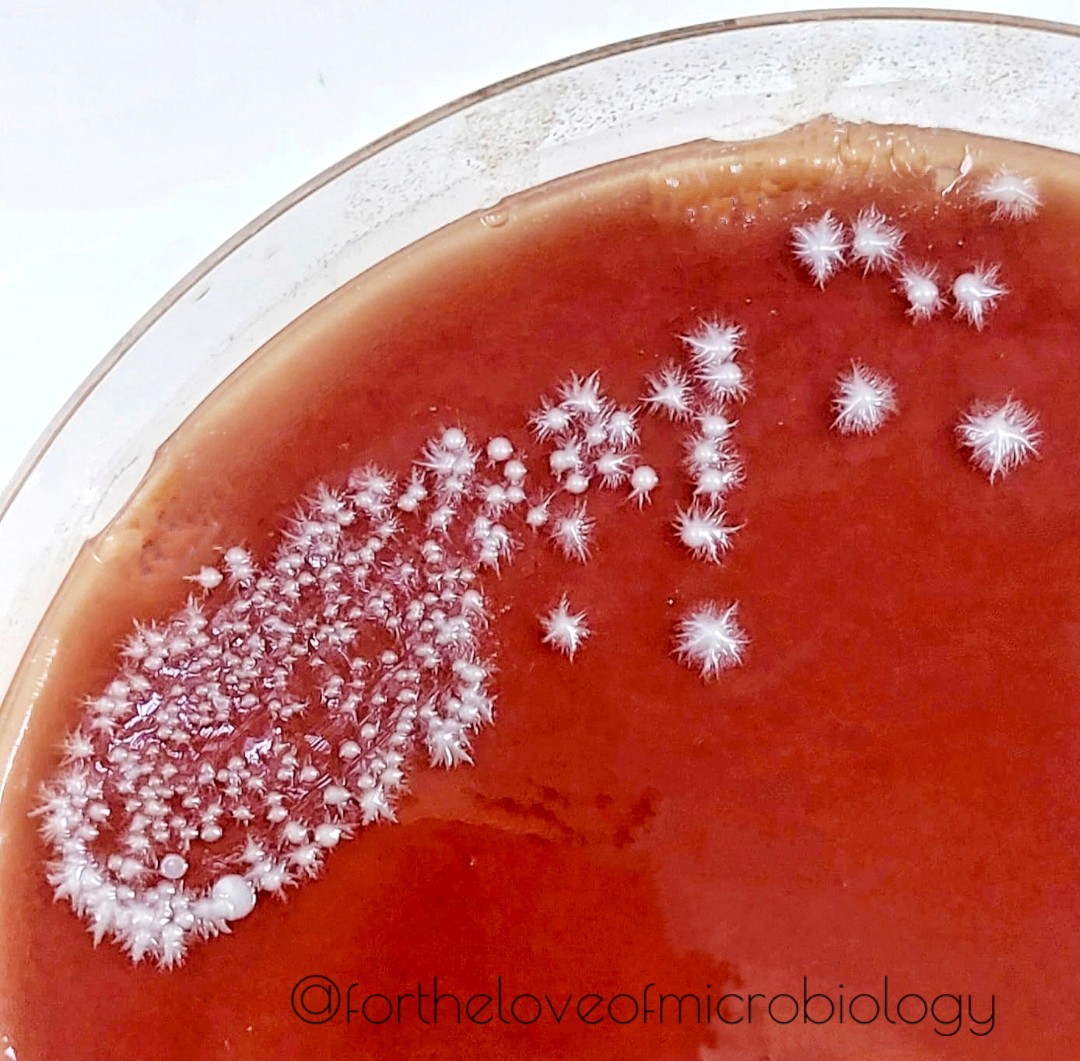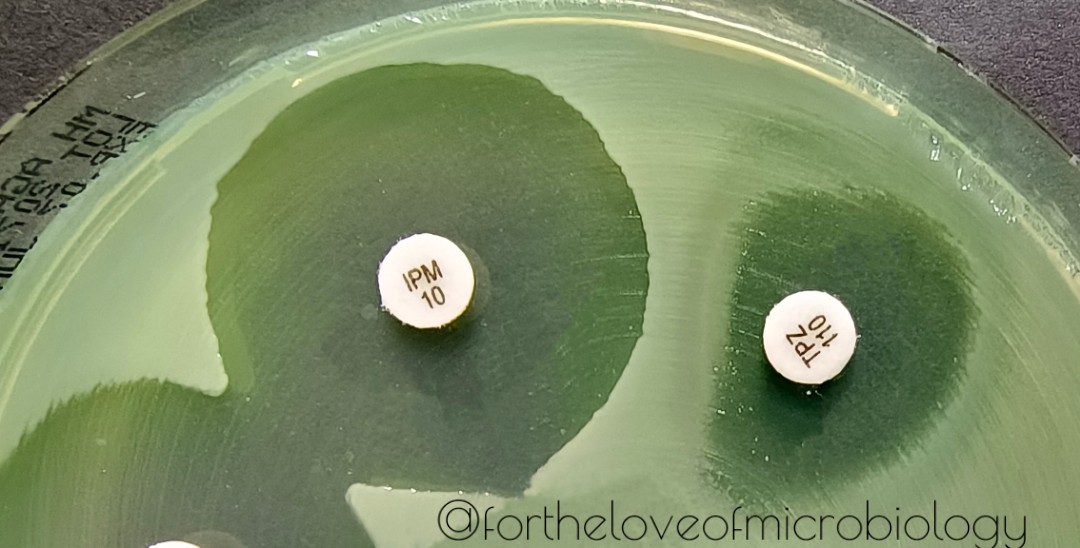Discover and read the best of Twitter Threads about #womeninmicrobiology
Most recents (4)
An eerie video of a moving Enterobius vermicularis worm, shared by Sabir Hanif Hanif
#Fortheloveofmicrobiology #clinicalmicrobiology
#mmidsp #microrounds #IDpath #ASMClinMicro
#MicroTwitter #WomeninMicrobiology #STEM #medtwitter #ClinMicro #microbiologypakistan #PathBugs twitter.com/i/web/status/1…
#Fortheloveofmicrobiology #clinicalmicrobiology
#mmidsp #microrounds #IDpath #ASMClinMicro
#MicroTwitter #WomeninMicrobiology #STEM #medtwitter #ClinMicro #microbiologypakistan #PathBugs twitter.com/i/web/status/1…
Enterobius vermicularis, also known as pinworm, is a common intestinal parasite that infects humans. These worms are small, about 1 cm, are white or translucent in color. They are easily visible to the naked eye and can sometimes be seen moving around the anal area.
The video shows a moving Enterobius vermicularis worm with its distinctive cylindrical shape and tapered end. The worm moves by contracting and relaxing its muscles in a wave-like motion, allowing it to crawl or wriggle forward.
Candida albicans on chocolate agar, with starry projections
#Fortheloveofmicrobiology #clinicalmicrobiology #mmidsp #microrounds #IDpath #ASMClinMicro
#MicroTwitter #WomenInSTEM #WomeninMicrobiology #STEM #medtwitter #ClinMicro #microbiologypakistan #PathBugs
#Fortheloveofmicrobiology #clinicalmicrobiology #mmidsp #microrounds #IDpath #ASMClinMicro
#MicroTwitter #WomenInSTEM #WomeninMicrobiology #STEM #medtwitter #ClinMicro #microbiologypakistan #PathBugs

Yeast will grow on bacteriological media (sheep blood agar and chocolate agar).
They may appear as small, creamy or white colonies that are somewhat more raised than staphylococcal colonies.
They may appear as small, creamy or white colonies that are somewhat more raised than staphylococcal colonies.
A presumptive identification of C albicans can be made by observing pasty,yellow-white colonies from which colony projections, often referred to as "feet," extend out from the margins.
These feet have typically been considered a characteristic of C albicans
These feet have typically been considered a characteristic of C albicans
India ink preparation of CSF from a patient with cryptococcal meningitis showing the budding yeast cells of C. neoformans surrounded by a characteristic wide gelatinous capsule. The yeasts also show narrow-base budding and characteristic variation in size. 

The space occupied by the capsule shows as a clear space between the gray background of the ink particles and the refractile edge of the cell.
India ink/nigrosin stain is a negative, acid stain. This means that the dye easily gives up a hydrogen ion (proton) and the chromophore of the dye becomes negatively charged. Since the surface of most organims cells is negatively charged, the cell surface repels the dye.
Many times when susceptibility testing is done for P. aeroginosa, a scenario similar to shown in the picture is encountered.
We see that TZP has produced a D shape on the IPM side. This might look very similar to the phenomenon seen in gram positive ICR strains. So what is it?
We see that TZP has produced a D shape on the IPM side. This might look very similar to the phenomenon seen in gram positive ICR strains. So what is it?

Published data says that this result is most likely due to
inducible expression of the P. aeruginosa AmpC beta-lactamase.
inducible expression of the P. aeruginosa AmpC beta-lactamase.
Certain enteric
(Serratia, Providencia, Citrobacter, Enterobacter, Morganella) and non-enteric organisms (P. aeruginosa, Aeromonas) can up-regulate expression of
their chromosomally-encoded ampC genes in response to sub-inhbitory concentrations of certain
b-lactam antibiotics
(Serratia, Providencia, Citrobacter, Enterobacter, Morganella) and non-enteric organisms (P. aeruginosa, Aeromonas) can up-regulate expression of
their chromosomally-encoded ampC genes in response to sub-inhbitory concentrations of certain
b-lactam antibiotics
